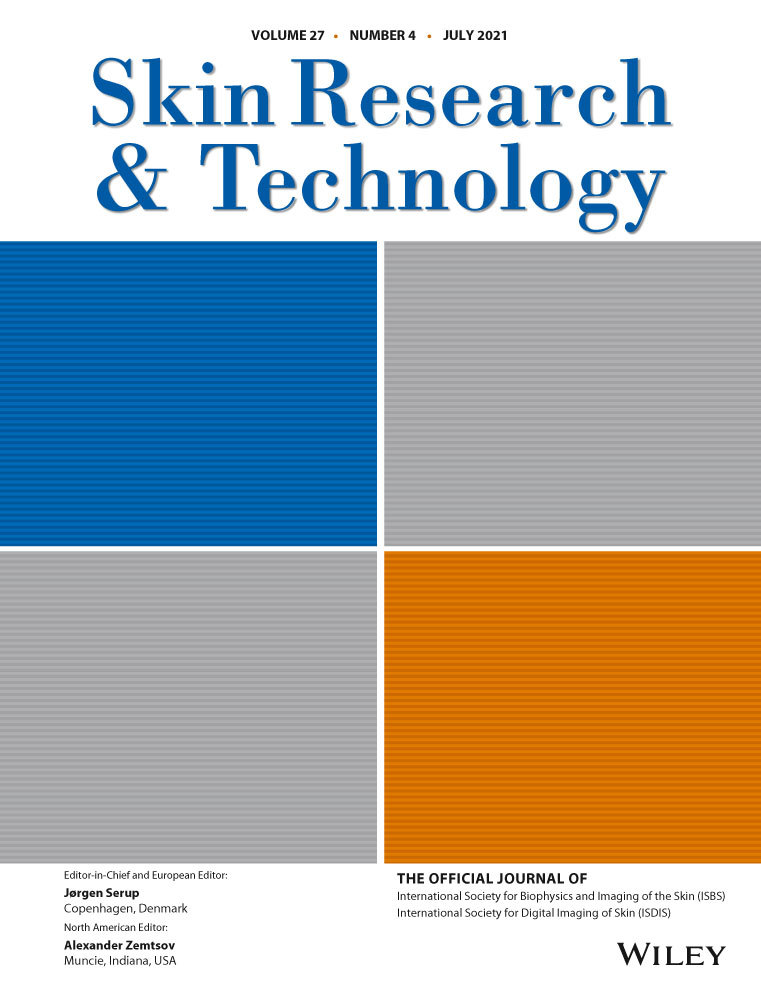Influence of quarantine mask use on skin characteristics: One of the changes in our life caused by the COVID-19 pandemic
Abstract
Background
The influence of various environmental factors on skin properties is well known. However, there is a lack of research into the effect of quarantine masks on skin properties, even though the use of masks has significantly increased after the COVID-19 outbreak. Therefore, this study aimed to investigate the influence of mask use on skin properties.
Materials and Methods
Twenty subjects were enrolled in this study. The subjects used approved quarantine masks for 6 hours a day for 2 weeks. We measured eight skin biophysical parameters: temperature, redness, pore volume, texture, elasticity, trans-epidermal water loss (TEWL), sebum content, and pH, and evaluated acne lesions before and after using quarantine masks. The evaluation was performed on the mask-wearing area of the face.
Results
Skin temperature, redness, and TEWL increased significantly after a 6-hour mask use, while the sebum content increased marginally. Skin elasticity was reduced by the use of masks over 1 and 2 weeks, whereas the pore volume and the number of acne lesions increased after a 2-week mask use. The skin changes caused by mask use showed sex-based differences in the skin elasticity (after 6 hours), redness, and roughness (after 2 weeks).
Conclusions
The use of quarantine masks causes a change in the skin temperature, redness, and TEWL in the short term and in skin elasticity, pores, and acne in the long term. This study revealed that prolonged mask use could have negative effects on the skin.
CONFLICTS OF INTEREST
The authors declare that there are no conflicts of interest.




